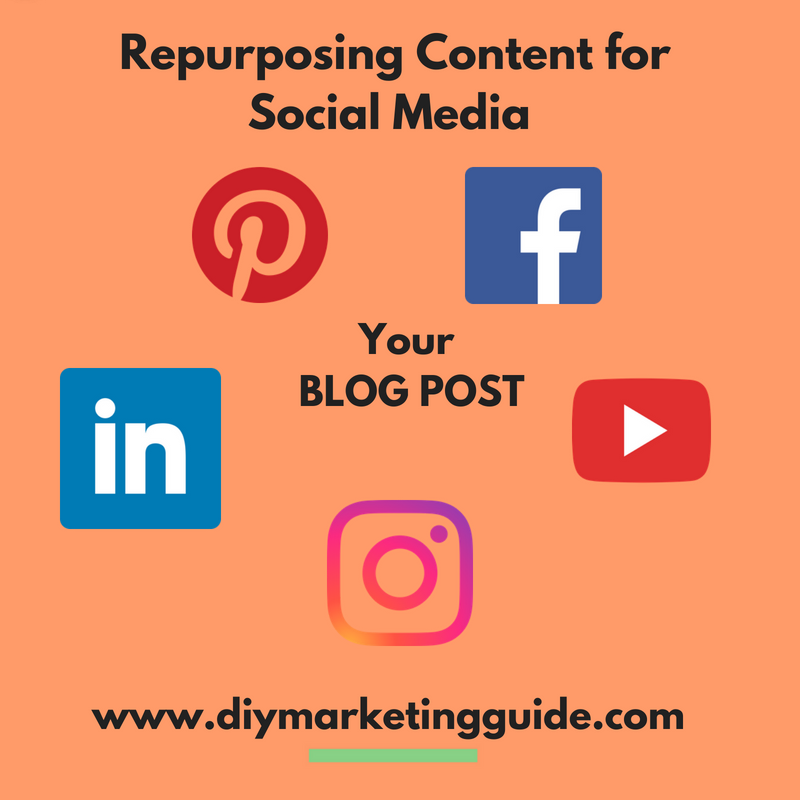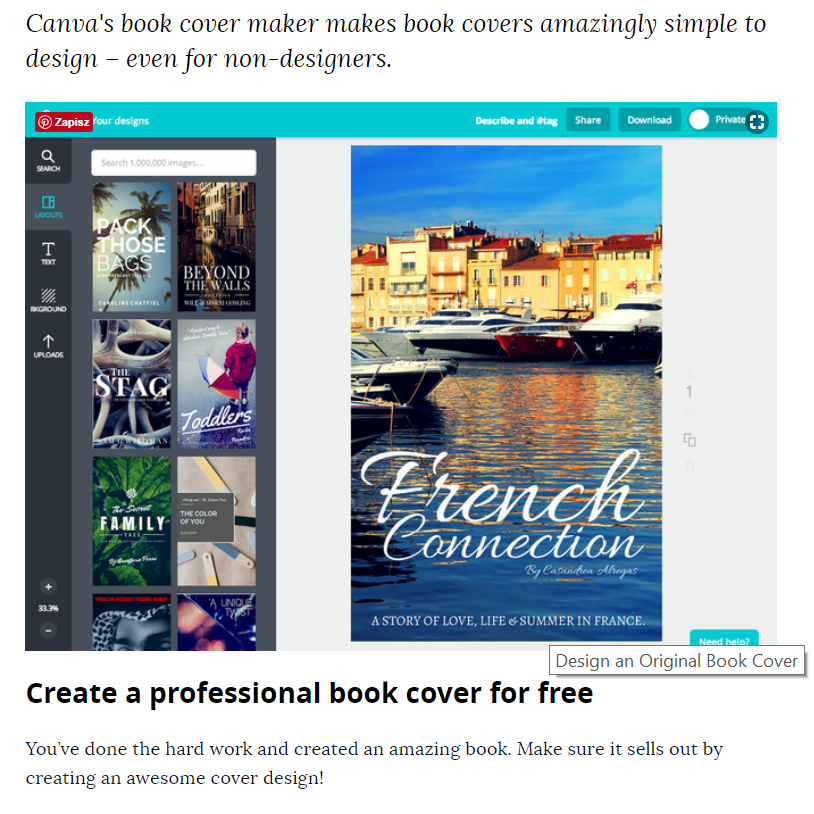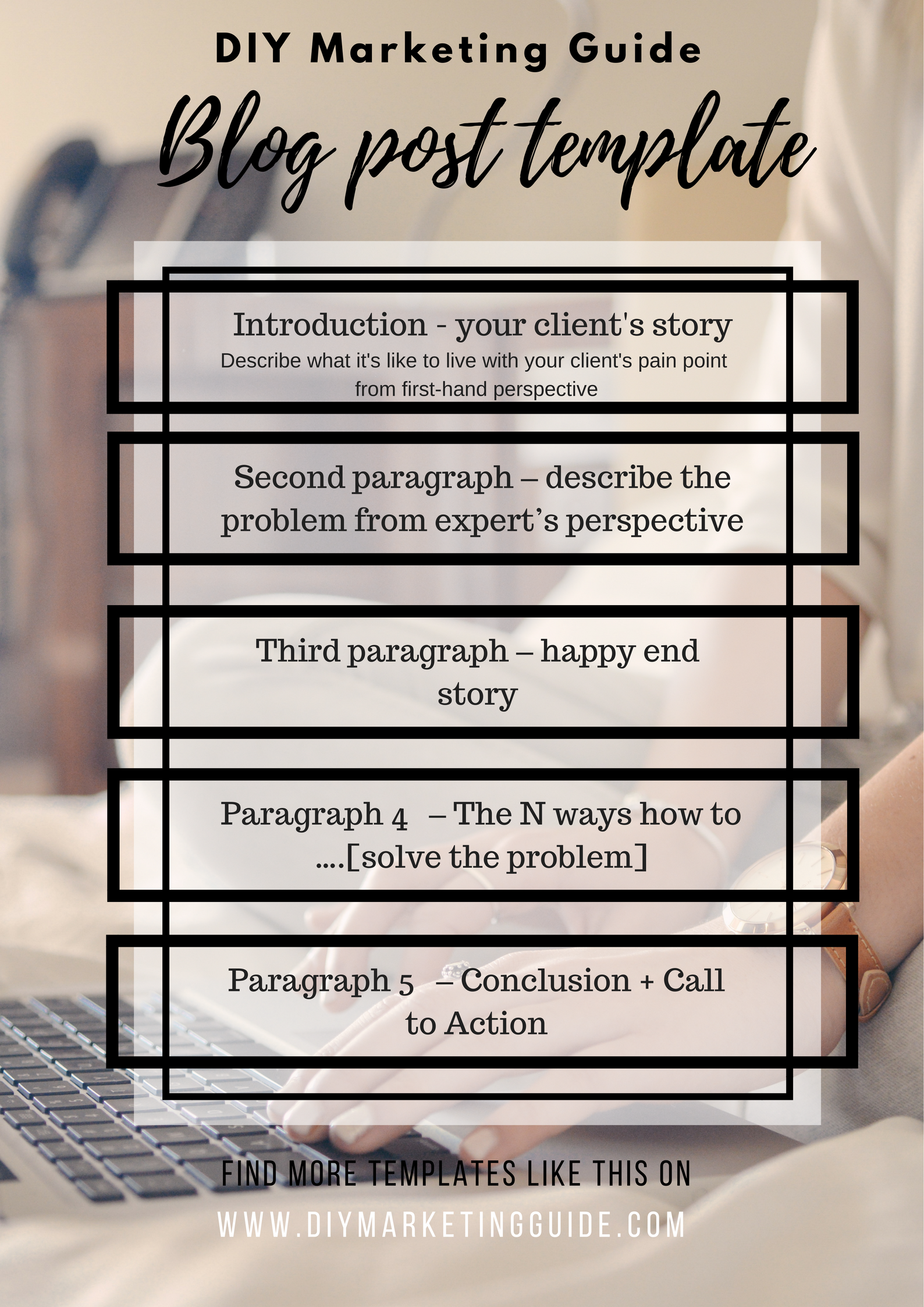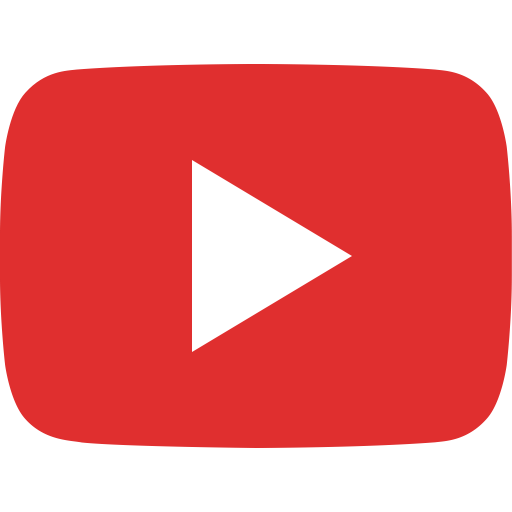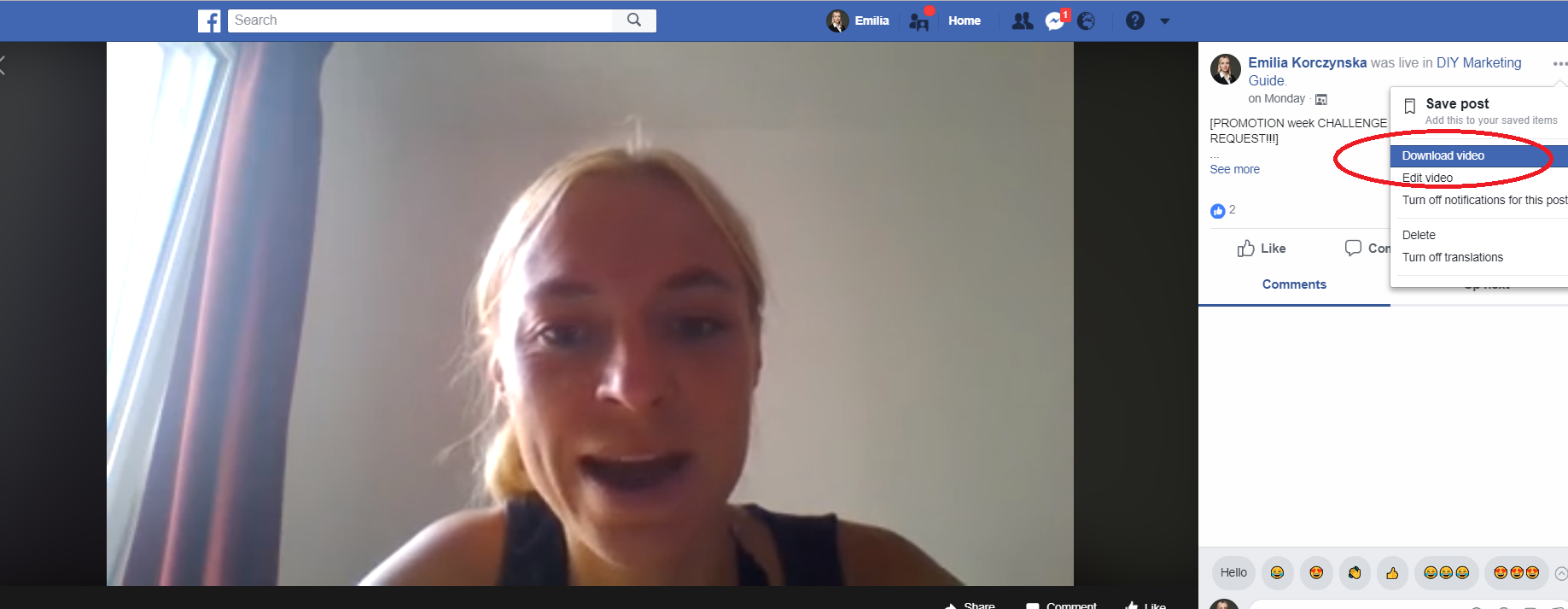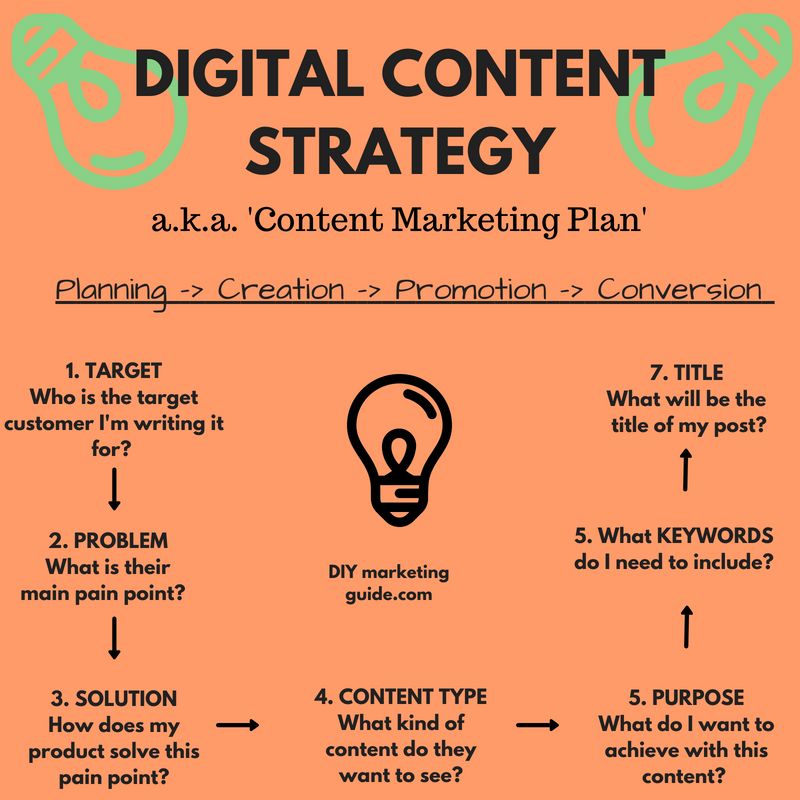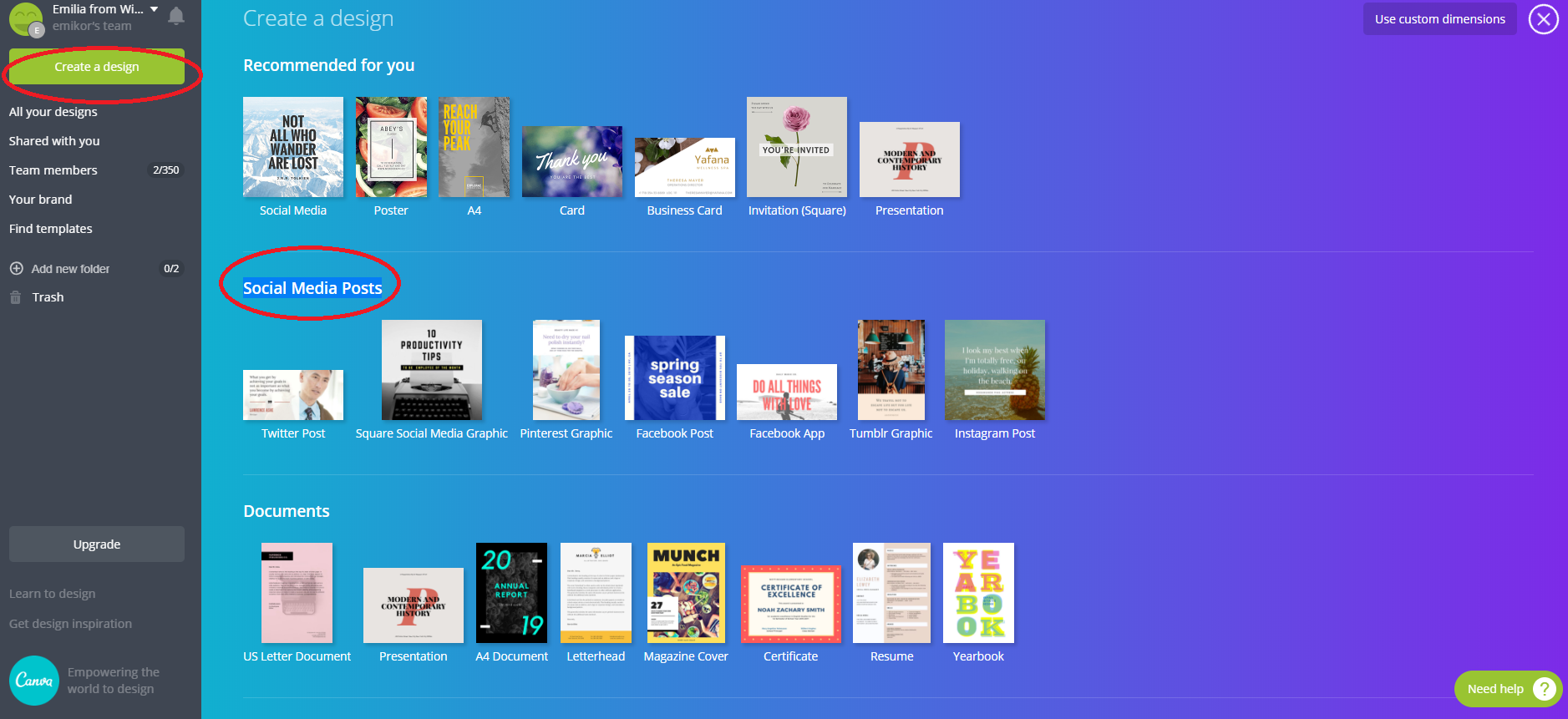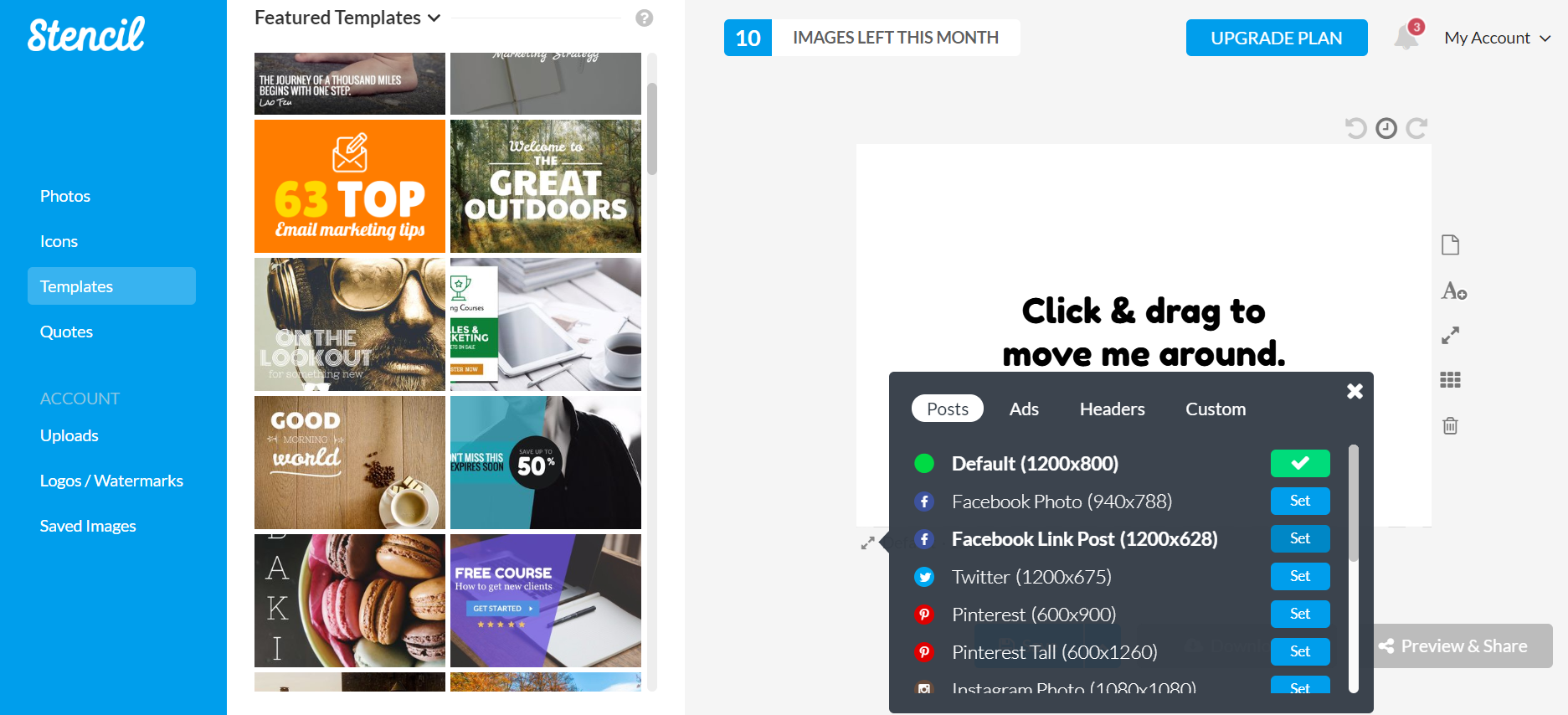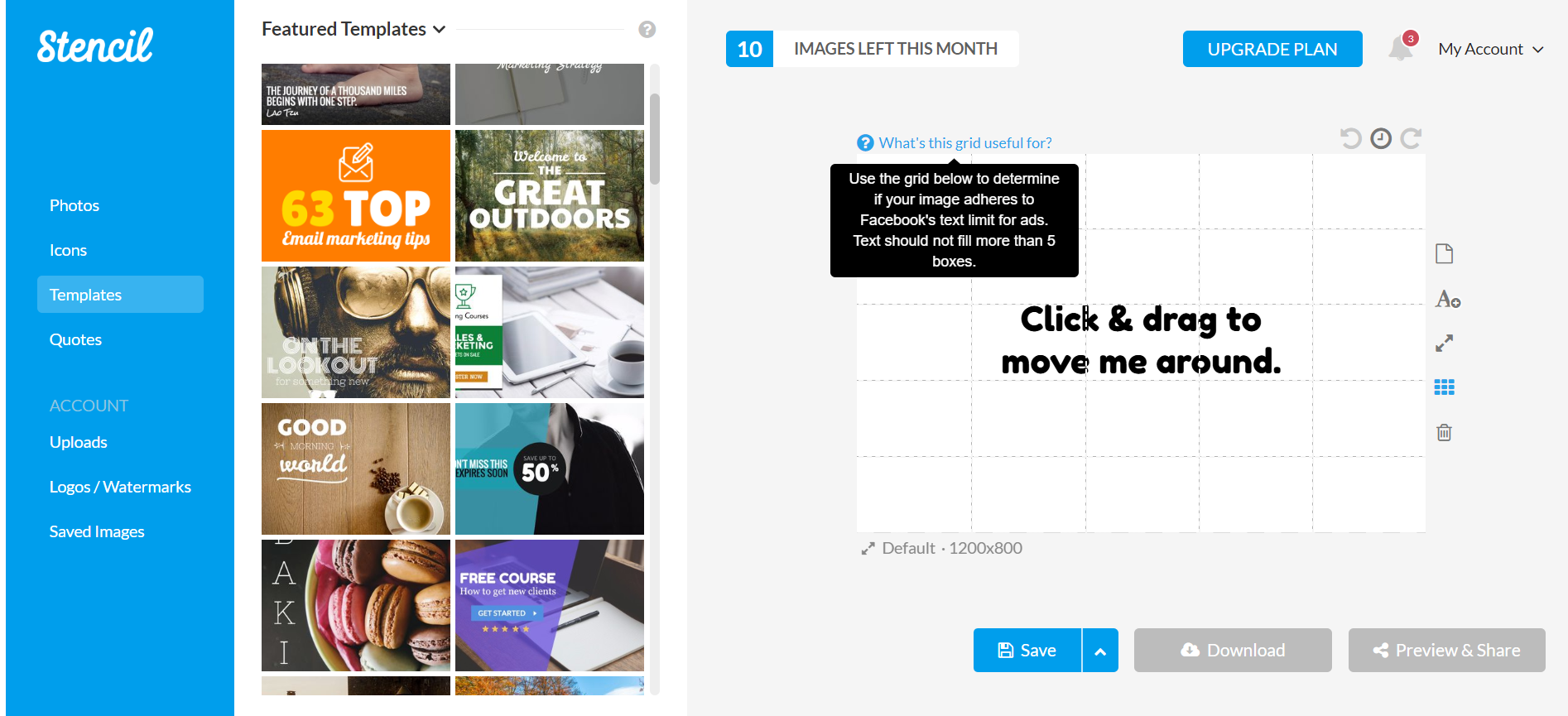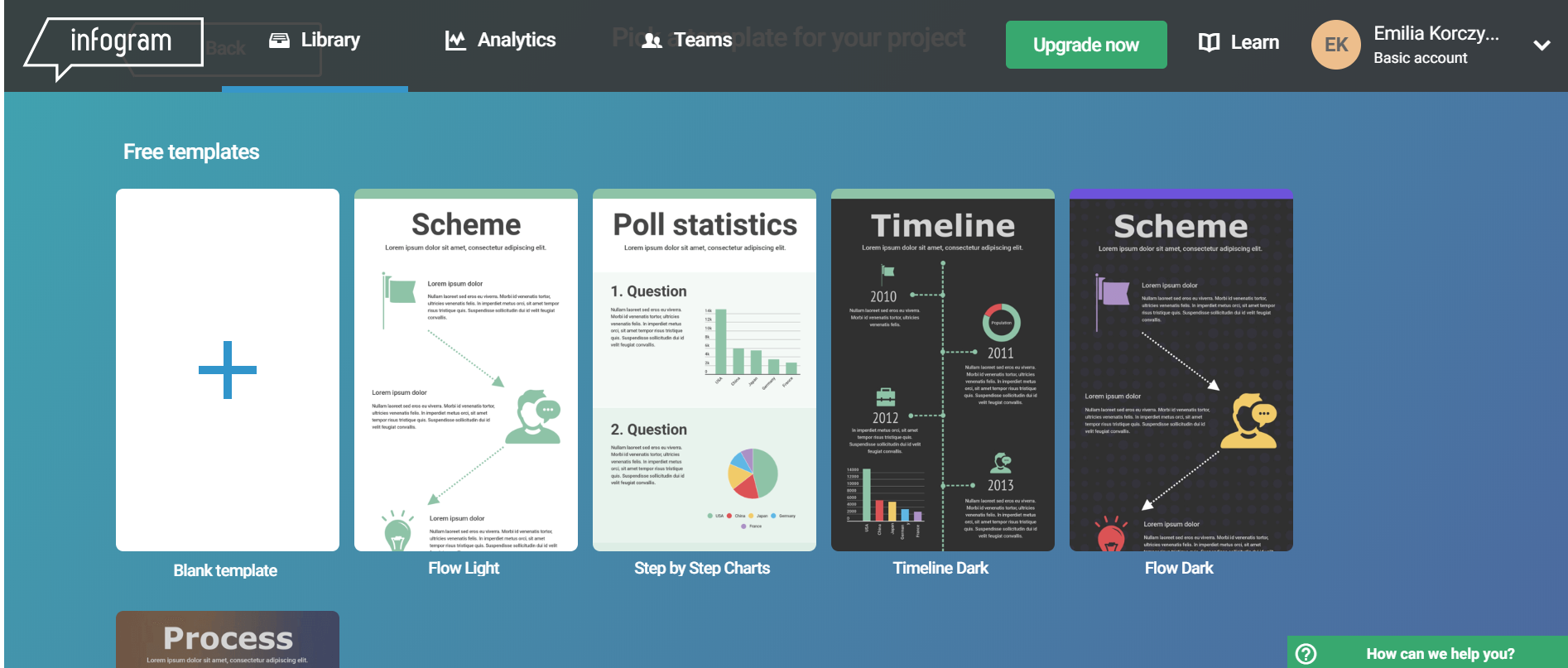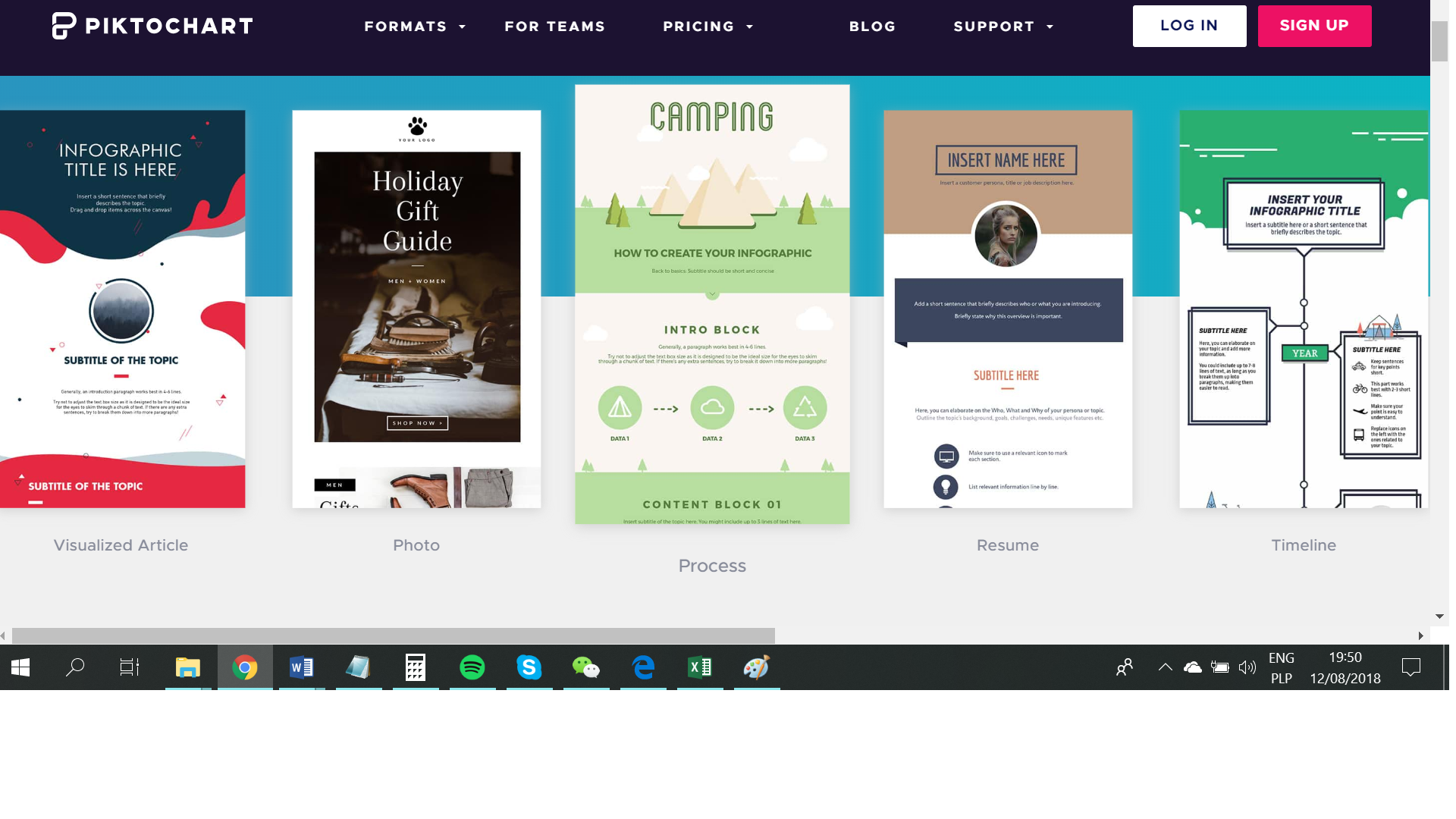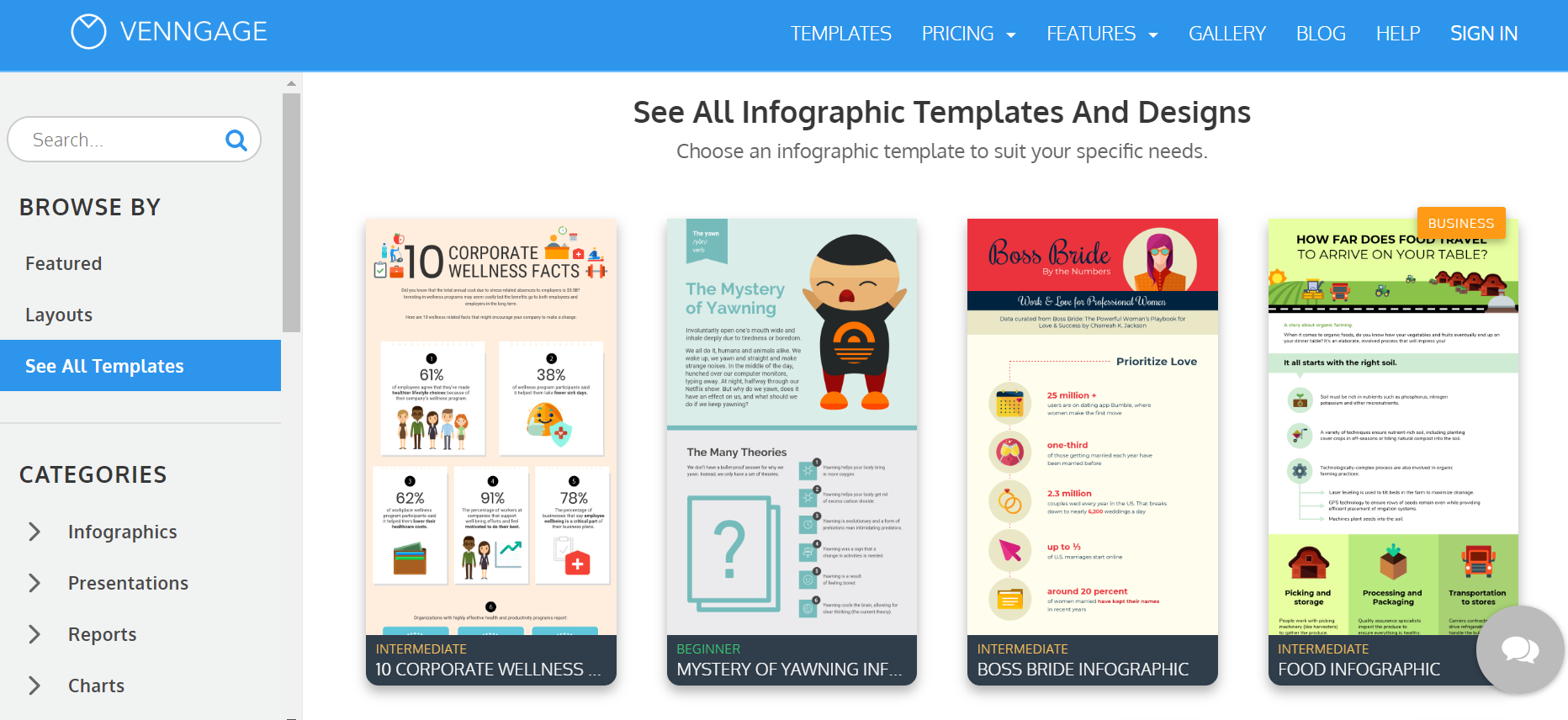In my other blog post I have discussed the different Content Promotion Channels, aka where you can promote your content. We have mentioned sharing your content on social media (Facebook, Twitter, LinkedIn, Pinterest and Instagram), in groups and forums, on bookmarking and syndication websites, as well as doing guest posts. What we have not discussed so far is how to do it, and how to repurpose content for each content promotion channel. This post is going to focus on why repurposing content is essential for your content marketing success, how to repurpose your content for different channels, and what tools to use.
Why should you be repurposing content for social media and other channels?
OK, before we dive into the how to, let’s focus on the WHY you should actually repurpose your content. Repurposing content may seem boring and time consuming (like you don’t have enough work with writing the blog posts already!) but it is actually essential to:
-
Get more traffic/reach new people
-
Avoid Google Penalties for duplicate content
-
Do less work (spend less time *creating* content)
Getting more traffic + reaching new people
So you’ve spent 3 days working on your long, informative blog post. Great! And now what? How are you going to drive traffic to your post and actually get people to read it?
The key to a successful content marketing strategy is promoting your content through different channels to drive visitors from as many traffic sources as possible.
As we discussed in the last post about Content Promotion Channels, there you can drive traffic from social media, groups, bookmarking and syndication sites. But you cannot use the same content for all of them, or simply drop a link to your blog post. Nobody will read that.
You can’t just use the content of this post on Instagram or Pinterest. You need some kind of visual ‘bait’ that will drive qualified audience to your website.
Creating visuals (often referred to as ‘infographics’) that summarize the content of your post is a great way to drive traffic from visual social media such as Instagram, Pinterest as well as Facebook.
Also, different people have different needs and pay attention to different types of media. Some prefer to read, some prefer to watch, others want to quickly understand what they can do through an actionable checklist they can download. Make sure you balance and diversify your content by using different formats to attract different types of audience.
Avoid Google Penalties for duplicate content
Let’s face it: Google doesn’t like seeing the same content published on several websites. It is designed to prevent displaying the same content under search results for the same keyword. In short, the way it works – if Google finds duplicate content, it will display the content on the website that has a higher ‘credibility’ — with a higher domain authority, more quality backlinks etc. etc.
Now – guess what happens when you publish the same post on your new blog and on Medium.com? Google will display only the post on Medium.com to people searching for the keyword, not your blog. Of course, you may still benefit from the post on Medium as people can then go to your blog to read more, but most of them won’t. Moreover, you won’t be able to collect their email addresses through your pop-ups / signup forms on Medium. As a result, you will miss the opportunity to convert this traffic.
What should you do then? Repurpose your original blog post into a different text focusing on a specific aspect of the issue you wrote on in your blog post. Then ask people to follow a link to your original blog post to read more about the other aspects. Simple.
Do less work (spend less time *creating* content)
Do you know how much time it took me to create this piece of content? You don’t wanna know…between eating lunch, making a green smoothie, and talking to friends on Facebook of course, it took me some 6-8 hours to put it all together.
What I mean is – creating valuable content is super time-consuming. And while valuable content is the prerequisite for marketing success, it’s by no means sufficient.
Hence, the way to go is to create less content but of higher value and then spend more time promoting it on various media. Repurposing content is the only way to get more out of less. And it’s *much* less time consuming than creating a new piece of content from scratch. You don’t need to come up with a new topic and do new research, which can sometimes take hours itself. You don’t need to find new links, resources and visuals.
All you need is to use what you have already in an innovative way to create a new format. The post below will give you *tons* of ideas what you can repurpose your content to. It will also suggest *tools* that will help you to repurpose your content.
How to repurpose content for different Content Promotion Channels?
Create a dowloadable ‘FREEBIE’ (Ebook/ Checklist / Worksheet /Template /PDF Guide /Printable)
Melyssa Griffin is offering a free workbook to her website visitors in her header, just as they arrive. This helps maximise conversions into subscribers. Also, there are 3 versions of the workbook, depending on the visitors needs: more traffic / more subscribers / creating products. This keeps things relevant and is a great example of repurposing content. From: https://www.melyssagriffin.com/
Don’t worry. You don’t need to create a 300-page Ebook summarising all you know about your niche (but you can!). The purpose of a dowloadable freebie is often to create something more succinct and actionable than the blog post itself (which is by nature descriptive).
Like what?
For example for this post, I could (and I will ???? ) create ‘The Ultimate Content-Repurposing To-Do List‘ as a downloadable checklist for this post.
It will be an actionable, short checklist that the reader of this post can use in practice to repurpose their content for different social media and other promotion channels.
It will give you examples of how you can repurpose a blog post for each content promotion channel in the form of table, with definitions and tools to create each.
It’s not only really practical and valuable for the reader (as they don’t have to take notes from the blog post and figure it out by themselves) – it’s also super-easy to create for you.
What type of ‘freebies’ can I create? What tools should I use?
Ebook / Guide
From: http://neilpatel.com/
If you have a few long, informative posts on a similar topic, you can combine them and repurpose them in the form of an ebook.
For instance: if you published a post on ‘‘How to create a WordPress website‘, ‘How to create perfect website copy’, ‘How to set up an online store’ and ‘How to integrate email marketing tools into your website’ – you can easily repurpose them into one e-book entitled ‘The Ultimate Guide to Creating Your First Website’.
PDF Guidebook
A PDF Guidebook is similar to an Ebook, but it’s usually shorter and often includes a list of something. E.g. ‘15 Foods that will help you combat Chronic Fatigue‘. Or ‘How to create your first website in 10 simple steps‘. Or: ‘21 tools that will dramatically boost your sales‘.
You can easily create a Guidebook from a ‘listicle’. A listicle is basically a blog post consisting of a list of free tools/ resources (a ‘toolkit’ type of blog post – read more about different blog post types here). You can combine a few listicles into an ebook / PDF Guide: if you created a few blog posts with lists on more or less one topic, e.g. different aspects of content marketing, different ways to lose stubborn belly fat etc. you can write e.g. ‘The Ultimate Content Marketing Toolbox’ or ‘The Ultimate Guide to a Flat Stomach’ ????
Tools for creating ebooks / PDF Guides
Tools for creating ebooks/PDF Guides
All dowloadable ebooks are in PDF fromat because this format is easy to open and read on any device. You can create a guide/ebook using your word processor. Choose a nice template and don’t forget to number the pages! Then, convert your document into a PDF.
The cover of your ebook is very important — it will have a massive impact on your dowload rate. Go to Canva to select one of their professionally looking covers and customize it to your needs – for free!
Download the cover as a PNG file. Add the cover to the first page of your Word Document before saving it as PDF. Alternatively, you can download the cover as PDF and merge with your content PDF using PDF Merge.
Checklist
A checklist is quite self-explanatory: it’s a list of things that the reader should do to achieve a certain result, e.g (from my blog):
- Content Repurposing Checklist – helps you remember about each way you should repurpose your blog post to maximise the traffic from each piece of content you create.
- Content Promotion Channels Checklist – helps you remember what promotion channels you should promote your content on.
Other checklist examples:
- Are you at risk of ITBS? Download the free checklist to find out! – This checklist will help the reader self-diagnose for a common running niggle (you may want to include a disclaimer that the checklist shall not be construed as medical advice!)
- Find out what your marathon time will be with this free checklist! – This checklist will help the reader estimate their marathon time on the basis of several criteria (weight, age, gender, latest 5k and 10k scores, number of trainings per week etc.)
- The must-pack travel checklist for a digital nomad – contains a list of items with tickboxes that a digital nomad should take on their trip.
- 10 things to do every day to lose a stone in a month without a diet –this too-good-to-be-true checklist is a clear lead magnet for email subscriptions – who wouldn’t want to lose a stone in a month without going on a diet?! Yesss please!
- 21 steps to buying your first house in the UK checklist – a checklist what to do and in what order when buying your first house.
- 15 questions to ask your website development client – a great checklist for web developers that will help them understand their client’s needs better and avoid wasting time on making changes later
Tools for creating checklists
If you want your checklist to be editable, you can simply create it in Excel or Word. However, if you want a nicely-looking printable checklist, there are some better tools for that:
- Canva — again, this is a terribly versatile graphic design tool. Read how to create a checklist with Canva here
- Forgett.com — allows you to create simple, yet publicaly sharable ticklists
Worksheet/Planner
Sounds a bit school-like? Because it is! Worksheet is an editable exercise book designed to help the reader ‘work’ on a particular issue. It can be a useful exercise, a or a planner. Good example? My DIY Marketing Guide book contains several exercises that can be easily turned into ‘worksheets’.
E.g. Get to know your target audience better with this downloadable worksheet!
My Digital Content Strategy is also a workbook/ planner:
Template
Template is a free *editable* outline/blueprint of something really useful. It gives the reader a framework for doing something successfully, and saves them tons of time doing research on how to do it from scratch themselves.
E.g. on this blog I have already offered a free blog post template.
Think of situations in your industry/niche where people are using templates to help them get results faster:
- Business Plan Template,
- CV Template,
- Cover Letter Template,
- PhD Research Proposal Template etc.
Use your best practices from your experience to create an editable template of a document or process. Attach it via Google Drive (or upload directly) to your welcome email that the new subscriber gets after subscribing to your email list to download it.
Printable
A printable — as the name itself suggests: can be something that the user can download, print, and write on in real life — or hang above their desk for inspiration.
It should be actionable and it should be… pretty.
The best thing about a printable is, you can easily convert your planner or checklist into a printable.
E.g.:
- Countries I’ve visited / I’m going to — an amazingly attractive prinatable for a travel blogger! You can download a map of the world and design a beautiful frame (with your logo and blog URL of course ???? ) with some inspiring travel-quotes around it. The user will be able to colour the countries they’ve visited and put a date on the ones they are planning to go to.
- Keto Shopping List + Diet Plan— something to put on the fridge?
- Daily Gratefulness Planner — a weekly planner with inspirational quotes and space for ‘what are you grateful for today’
Tools for creating printables:
- Canva + Unsplash — my favourite free online design tool + an amazing free, no-attribution for commercial purposes stock photo repository!
- Pablo — similar to Canva, allows you to create quotes on pretty stock photos
Which platform are freebies useful for?
 Facebook
Facebook
You can easily create a sponsored post for your Facebook page with a neat Call-to-Action (CTA) ‘Download your XYZ [e.g. free keto diet plan] checklist!’. A post like this has a much higher change of succeeding at driving traffic from FB to your website, driving engagement (especially shares from people who find your content valuable for their friends!) and get you more subscribers.
Your email marketing too
Put your freebie in an email marketing tool of your choice (I’m in love with MailerLite as of late) by creating a landing subscription page. You can then advertise it on Facebook and post all over your social media.
Make a live video (and re-publish it on YouTube)
Ok, let’s face it – half of the people in my group will not have the time to read a 2,500 word blog post. How else can I share the value with them?
By talking about what I’ve written in a live video! A live video on Facebook triggers a notification in your followers’ accounts which gives you more views. Those who weren’t online when you were going live can still watch it later on replay.
Moreover, you can easily download the video and repurpose it for your YouTube channel, website or even when you later decide to create a video-course:
Which platform is it useful for?
- Facebook groups
- YouTube
- Your email marketing — you can create a subscription landing page with your email marketing tool and treat the video as a freebie!
Create an Infographic/visual
As I already mentioned before, you need to repurpose your blog post into a visual form to be able to use it.
How to create and infographic out of a long, informative blog post?
- Do you already have a checklist, toolkit or template? Simply convert them into a list in a visual form on a nice stock photo background (Unsplash).
- Highlight the key points — make it a bite-sized summary, don’t explain everything in detail – if someone wants the details, they need to go to your blog to read your post! That’s the whole point.
- Don’t include too much text — you don’t need to write full sentences! Skip the verbs, use bullet-point language
- For Pinterest, you can create a long vertical infographic covering more information. I could for instance repurpose this whole post for Pinterest!
Different platforms require different formats, so when repurposing content use tools that will allow you to choose dimensions already set for specific platforms:
Canva — I know I’ve been waxing lyrical about Canva in this post (and no, I’m not an affiliate!) but the truth is, it is pretty awesome (and FREE!). You can create posts for different social media using pre-defined dimensions in the ‘create a design’ > ‘social media posts’ tab (if you scroll down a little, there are also ready made designs for social media headers there)
Stencil — a great tool for creating pictures in different formats – for Facebook, Pinterest and Instagram, and Twitter, both for posts, stories, headers and ad! The free account allows you to create 10 images/month, which should be more than enough for the beginning.
What is also interesting about Stencil is that it allows you to check whether your picture with text will get accepted as a Facebook ad:
Some other tools I have used for more sophisticated infographics (all with useful template):
Infogram
Pictochart
Venngage
Want more infographic ideas? Check them out here.
Want more infographic tools? Here‘s a useful roundup.
Which platform is it useful for?
Facebook has a problem with too much text. You need to make sure that the visuals you create for FB do not contain more than 20% of text.
To conclude: repurposing content is just as important as creating content. It’s an essential part of your promotion efforts. Download the Repurposing Content Checklist below and start turning your posts into freebies, visuals and videos according to schedule! Good luck! ????
